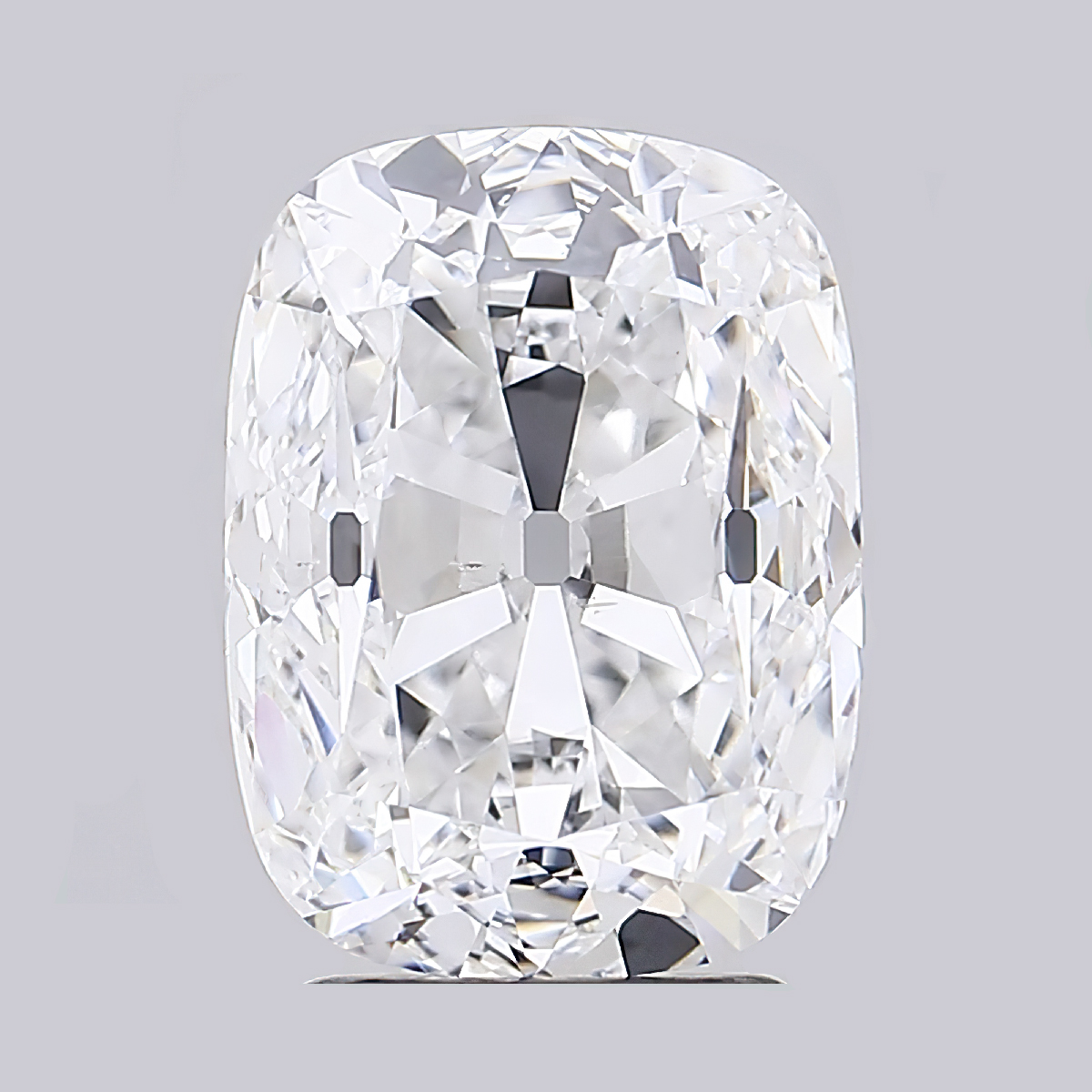What kind of diamond did Taylor Swift get?

What Kind of Diamond Did Taylor Swift Get?
When Taylor Swift said yes, she didn’t just set off wedding bells — she set off Google searches. Fans, jewelers, and collectors all wanted to know: what kind of diamond is on her finger?
The answer: an old-mine cut diamond, one of the most romantic and historically significant cuts in jewelry history.

What Is an Old-Mine Cut Diamond?
Before lasers, before modern precision cutting, diamonds were shaped entirely by hand. The old-mine cut, popular in the 18th and 19th centuries, is a chunky, cushion-shaped stone with large facets and a soft, candlelit glow.
Unlike the modern “round brilliant,” which is all about maximum sparkle, an old-mine cut feels moody, imperfect, and deeply personal. Each stone is unique because no two cutters worked the same way.
That imperfection? It’s exactly what makes them irresistible.
Why Taylor’s Choice Matters
In an era when lab-grown diamonds are everywhere — identical, cheap, and mass-produced — Swift’s choice is a statement. An old-mine cut is rare, impossible to replicate at scale, and carries centuries of history.
The cultural impact is real: jewelers have already reported spikes in searches and inquiries for old-mine cuts. Auction houses are seeing renewed interest. The “Taylor effect” isn’t just about music charts anymore — it’s shaping jewelry markets.

Old-Mine vs. Modern Cuts
- Old-Mine Cut: Cushion-shaped, large facets, soft glow, historic and rare.
- Modern Round Brilliant: Symmetrical, laser-cut, maximum sparkle, common.
- Lab-Grown Diamond: Inexpensive, flawless, but with no resale value.
Swift’s ring is proof that uniqueness and heritage matter more than perfection.
Should You Buy an Old-Mine Cut?
If you want individuality and romance, absolutely. These diamonds are increasingly scarce — what exists now is all there ever will be. Unlike modern stones, supply isn’t growing.
But buying antique cuts requires expertise. Not every stone is well-cut, and pricing varies wildly depending on origin, quality, and history.
Carat Trade Inc: Your Source for Antique Diamonds
At Carat Trade Inc, we help clients who want more than cookie-cutter sparkle. Whether you’re looking to buy an antique diamond like Swift’s, redesign a family heirloom, or sell one into a hot market, we offer:
- Private access to vetted old-mine and European cuts.
- Expert appraisals so you know what you’re really holding.
- Custom design to transform history into your signature piece.
Contact Us
Get a Quote for Jewelry
Get a quote to sell or custom create any piece of jewelry just by uploading a photo/link to a piece.
.png)
.svg)
